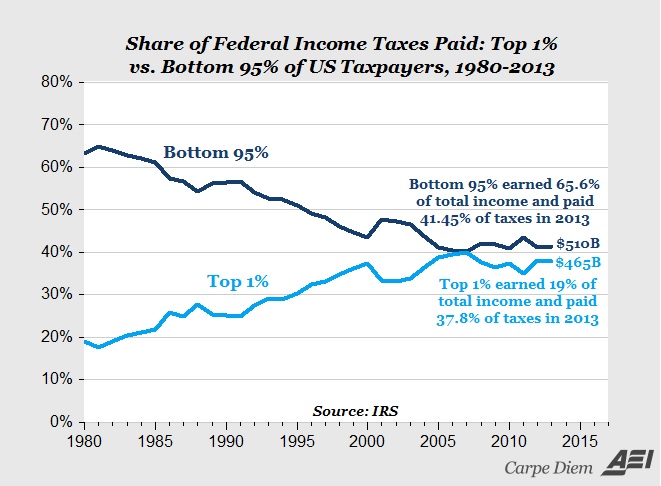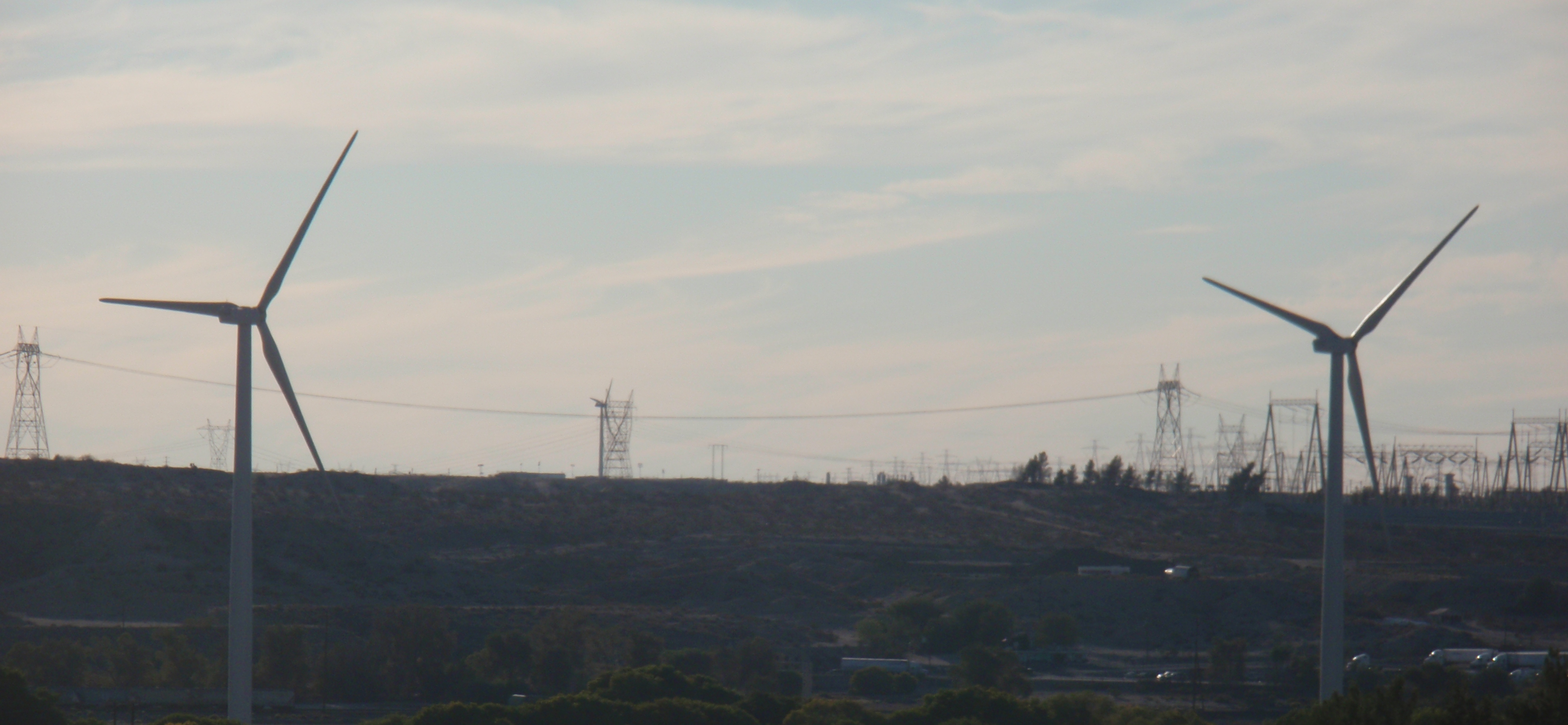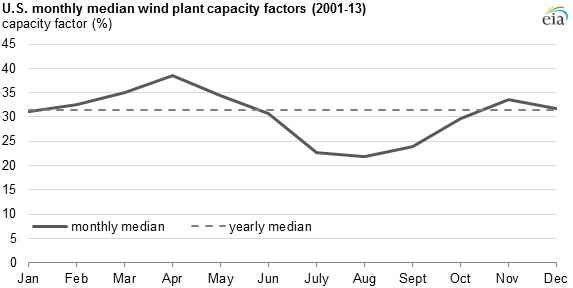An article explaining why Peak Oilers are in hiding prompted me to graph worldwide oil production.
Peak Oil doctrine was wrong when announced by Dr. Hubbert. It was wrong at the turn of the century before the energy revolution was kicked off by technology that was unimaginable 50 years ago. Peak Oil doctrine is still wrong. It will continue to be wrong.
Check out my graph to see a visual explanation of the foolishness.
1/21 – Hit and Run blog at Reason – Where Have All the Peak Oilers Gone? – Article points out that four of the most visible Peak Oilers are in hiding. Another one of them is still speaking out. In addition, he wrote a new forward in 2010 to his 2007 book proclaiming yet again oil production will go into an irreversible, inevitable slide.
Two data points that provide more proof of the foolishness of Peak Oil doctrine: Continue reading “Peak oil doctrine is still false. Please point out to me on my graph the irreversible decline in production after 1970. #45”












